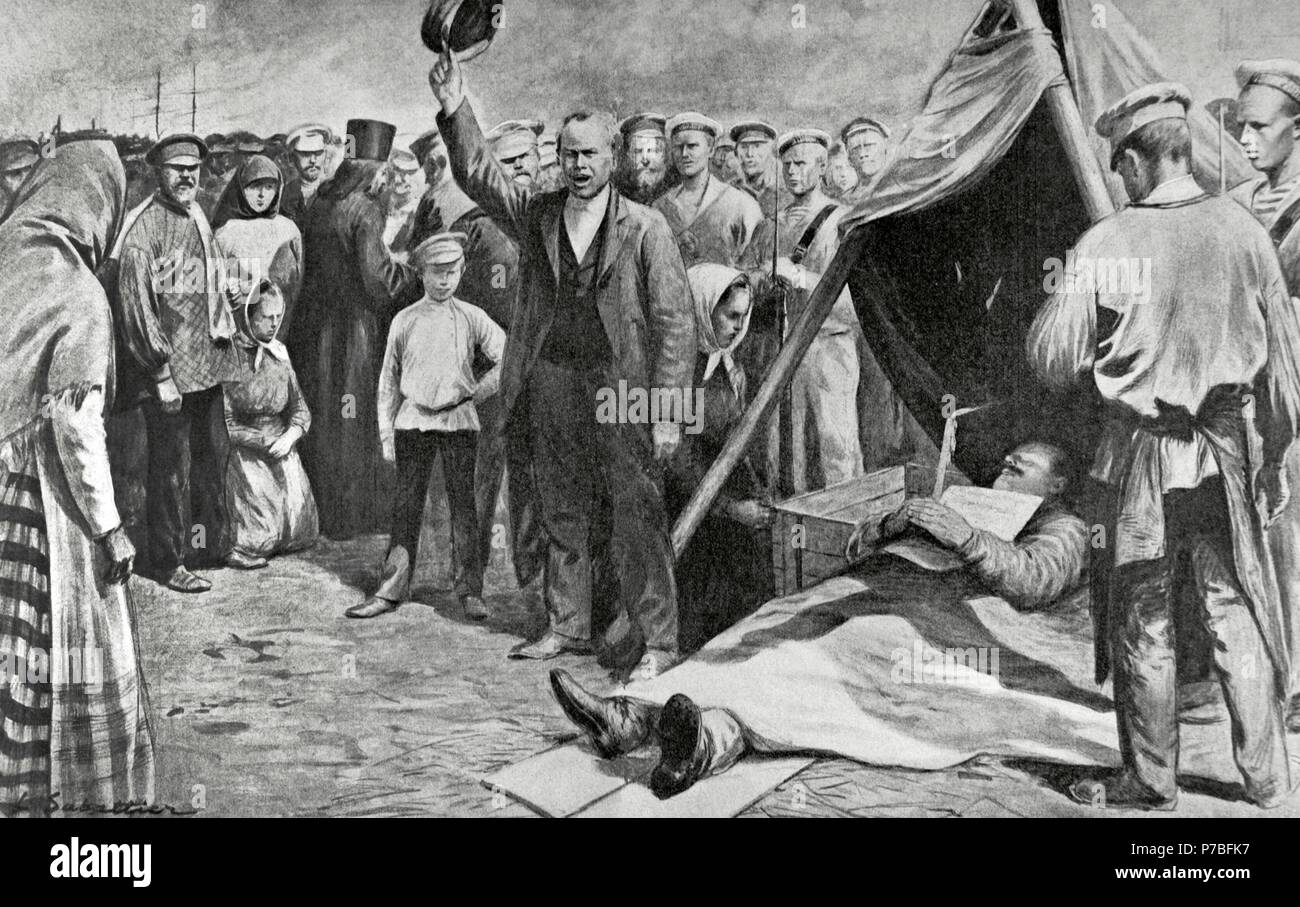

Watching it, it’s often easy to forget that this is a silent film made almost ninety years ago. His tendency to capture mass movements and revolutionary montage techniques perfectly fit the revolutionary and violent themes of the film. With Battleship Potemkin, Eisenstein proved himself as one of the best filmmakers in Russian cinema. These episodes coincide, in large part with historical memory of the event, and Eisenstein used one of the actual participants of the mutiny as an actor and historical advisor on the project. The film is structured around five episodes, introduced by inter titles: (1) Men and Maggots (2) Drama on the Quarterdeck (3) An Appeal from the Dead (4) The Odessa Steps (5) Meeting the Squadron. The overriding principle in Potemkin, as well as many of the Eisenstein’s other works, is that of kinetics - from the intense movement and dynamism within the frame, to the visual clash of his juxtapositions - which set up the rhythm of his movies and introduced a more sophisticated style of editing than had ever been used before. The director is interested in mass movements, and uses individuals only as representations of the many, fusing sound and images together to create a vast and startling ever-moving painting of often fearsome beauty. He later characterized the uprising by saying “The Battleship Potemkin is the undefeated territory of the revolution…what we have is the doubtless and the most remarkable fact: the first attempt at creating the nucleus of a revolutionary army.A master, Eisenstein focused more on the possibilities of film itself than on character development or plot. Shortly the crew of more than 800 members seized control over the biggest battleship in the Black Sea and set sail for Odessa, flying a red flag.Īlthough the mutiny did not end in victory, Vladimir Lenin saw it as an important event that would influence the success of the 1917 Russian Revolution in destroying Tsarist Russia forever. Other members of the crew quickly joined the brawl, killing other officers. Potemkin mutiny Russian battleship Potemkin. This list may not reflect recent changes. At this several other men grabbed the commander and threw him overboard. Pages in category 'Potemkin mutiny' The following 16 pages are in this category, out of 16 total. Sailors were served rotten meat for lunch and when they protested, one of the executive officers, beside himself with fury, shot one of the sailors. The men on the ship were provoked by the mindless conduct of several senior officers. The rebellion aboard Potemkin broke out unexpectedly and prematurely.

For eleven days sailors of the Black Sea Fleet held control of the battleship supporting the revolution and striking fear in the Tsarist government.

On Ja protest erupted on board the Russian battleship Potemkin. Malnourished peasants represented the oppressed crewmembers and the Tsar represented commander Giliarovsky. The Potemkin mutiny acted as a microcosm of the rage that existed within the tsarist structure. The others seized Giliarovsky and threw him overboard where he was shot and killed. Their spokesman was a seaman named Valenchuk, who expressed himself in such plain language that Giliarovsky flew into a violent rage, pulled out a gun and shot him dead on the spot. Later a deputation went and complained to the captain and his executive officer, Commander Giliarovsky, about worms in their soup. The ship’s doctor took a look and decided that the maggots were only flies’ eggs and the meat was perfectly fit to eat. At sea on June 14th, the cooks complained that the meat for the men’s borscht was riddled with maggots. She accidentally sank a Russian submarine in 1909 and was badly damaged when she ran aground in 1911. After the mutineers sought asylum in Constana, Romania, and after the Russians recovered the ship, her name was changed to Panteleimon. It was not a happy ship and some of the crew harboured revolutionary sympathies, in particular a forceful young non-commissioned officer named Matyushenko, who took a leading part in what followed. The mutiny later formed the basis of Sergei Eisenstein 's 1925 silent film Battleship Potemkin. The Potemkin was a new battleship of the Black Sea fleet, commissioned in 1903, with a crew of 800.


 0 kommentar(er)
0 kommentar(er)
